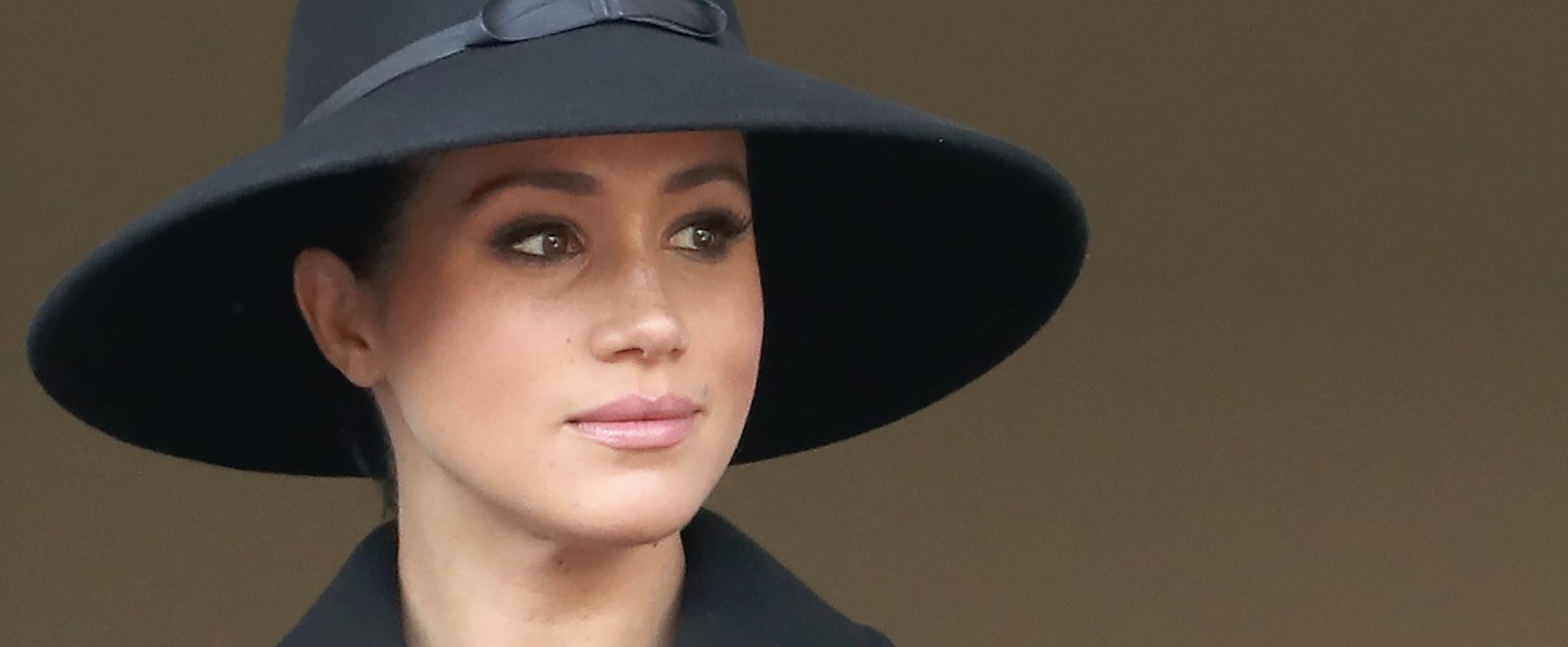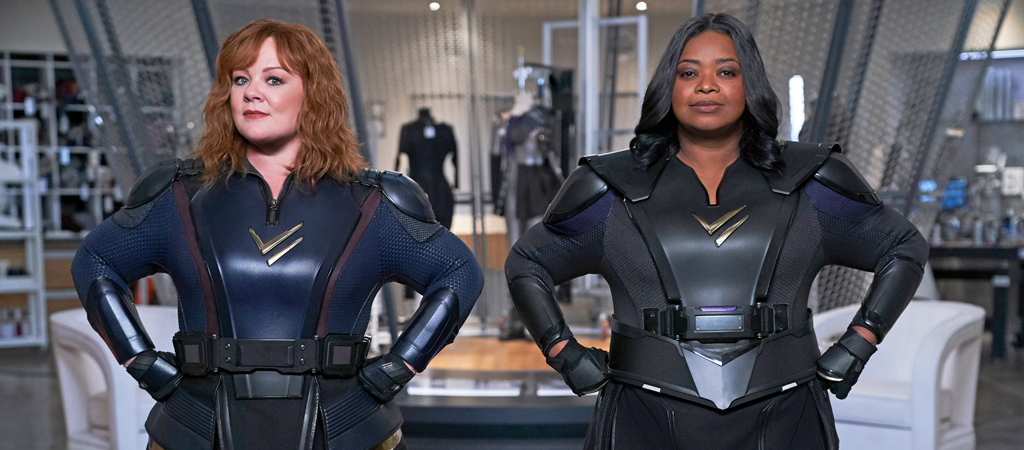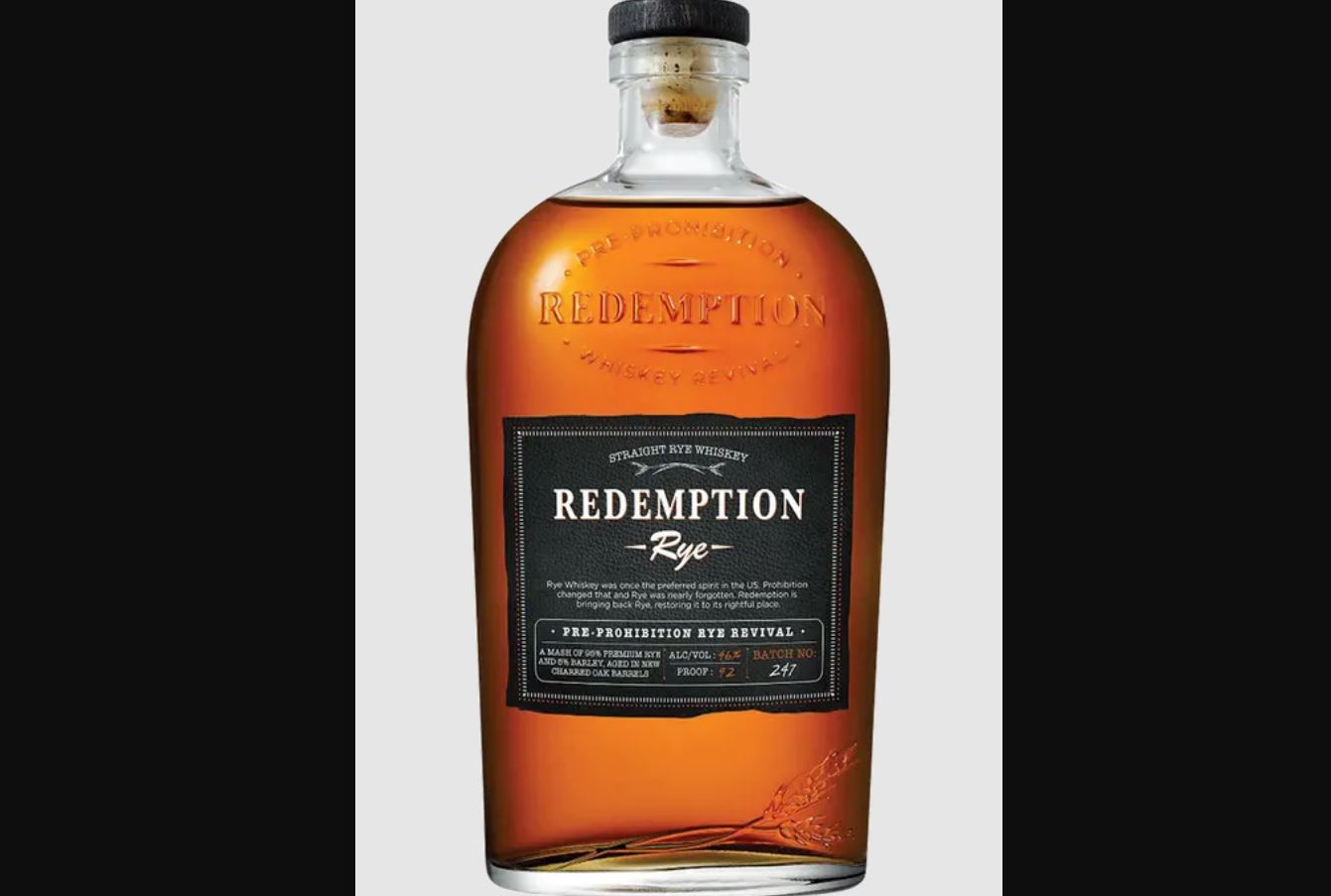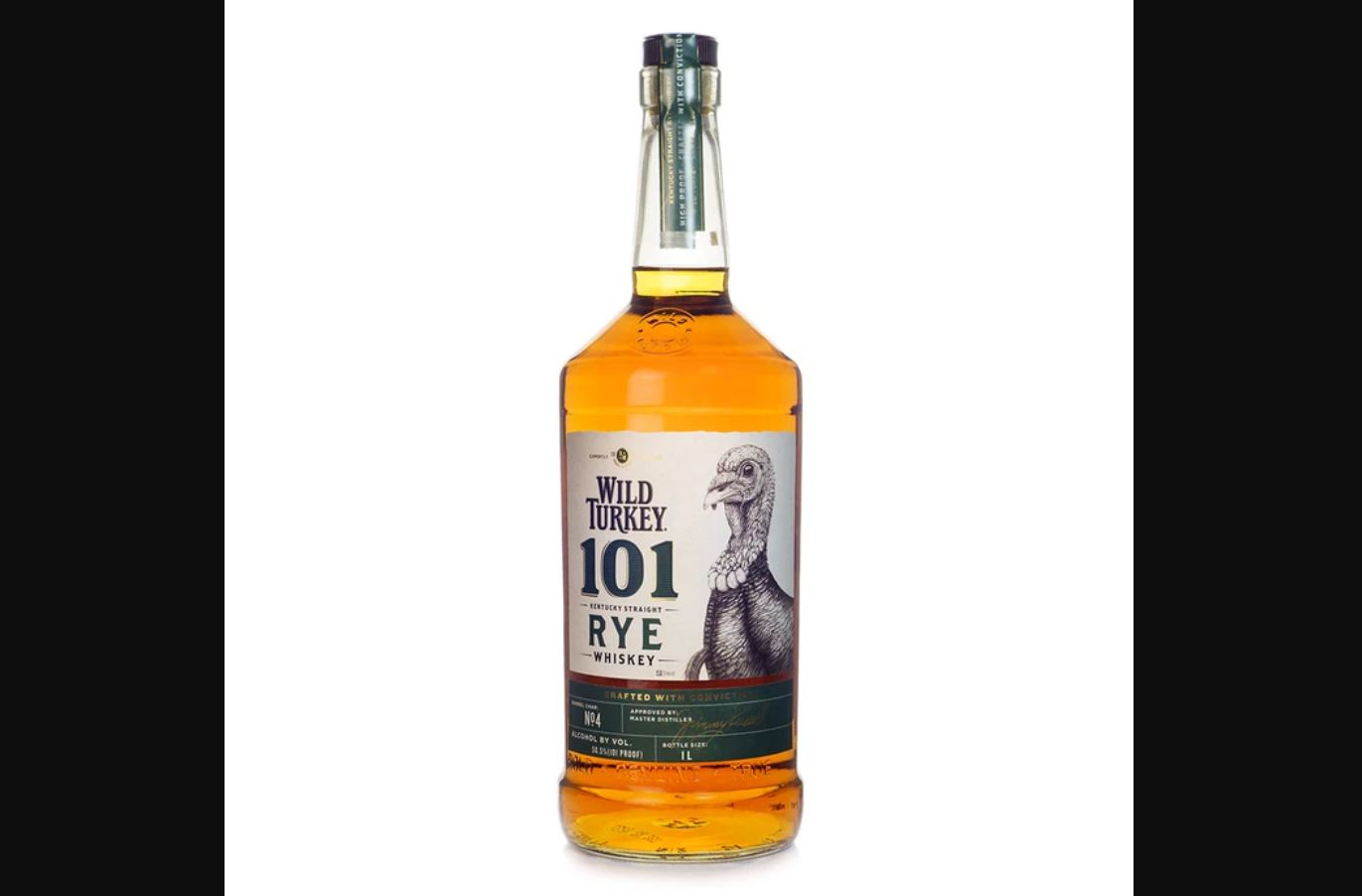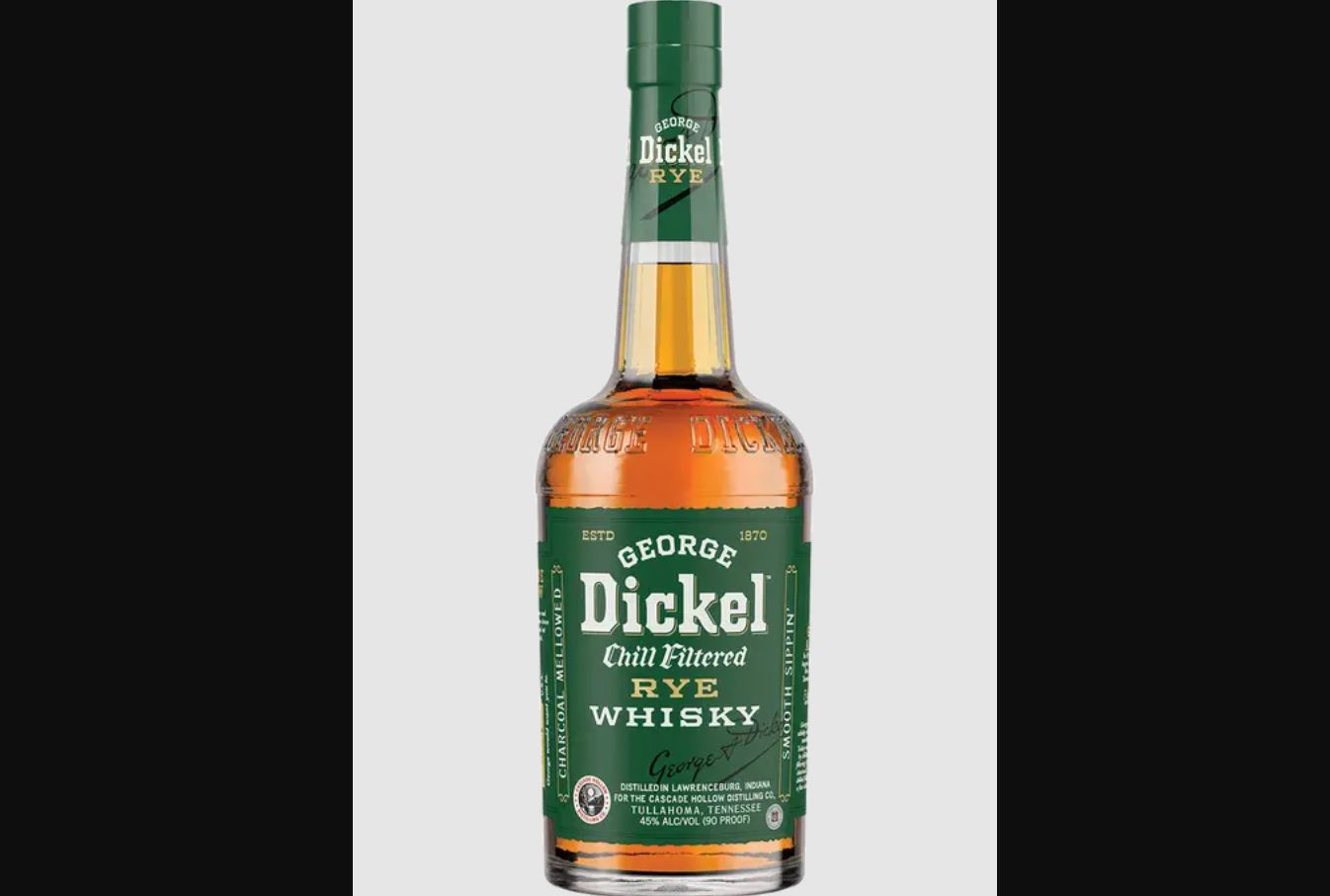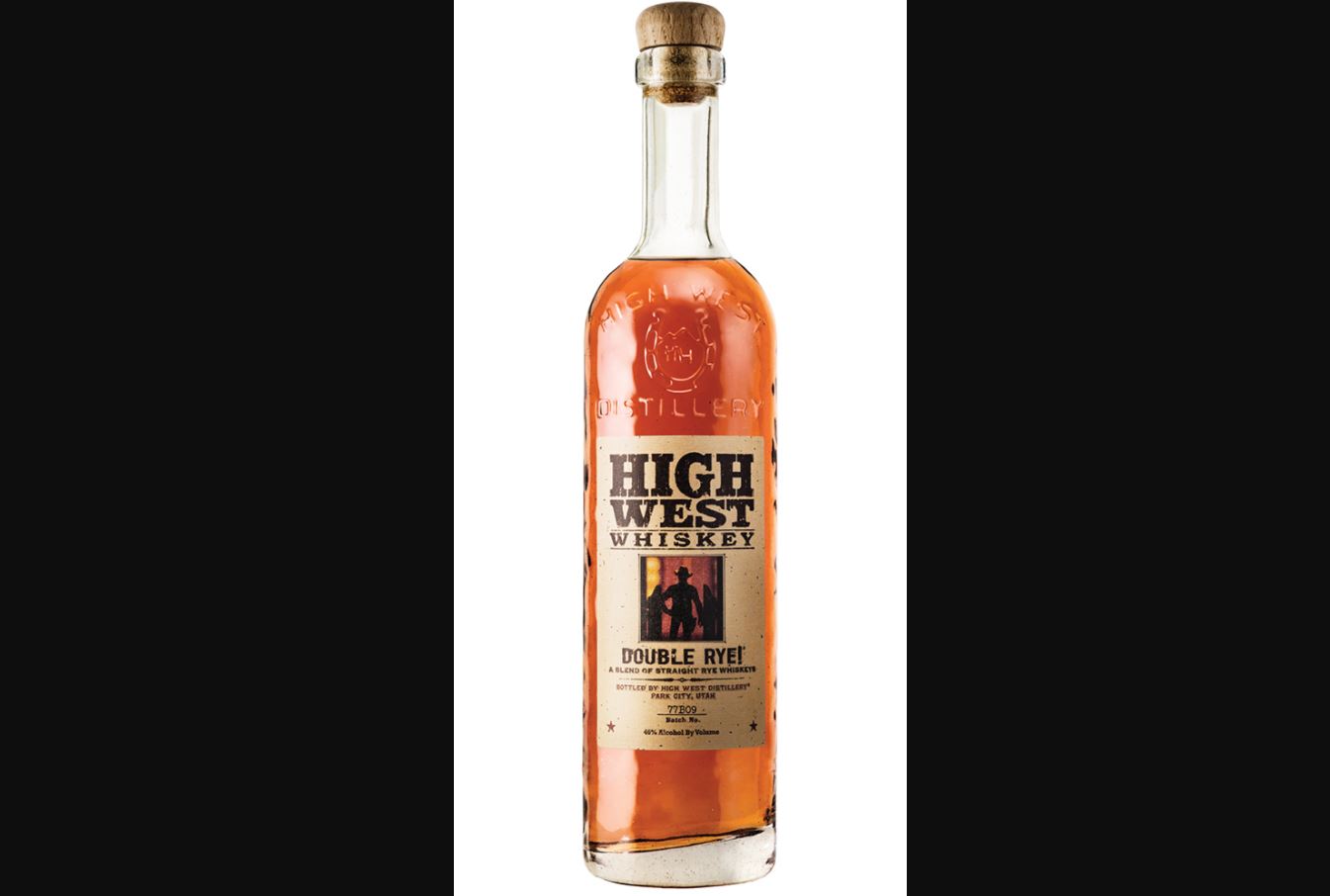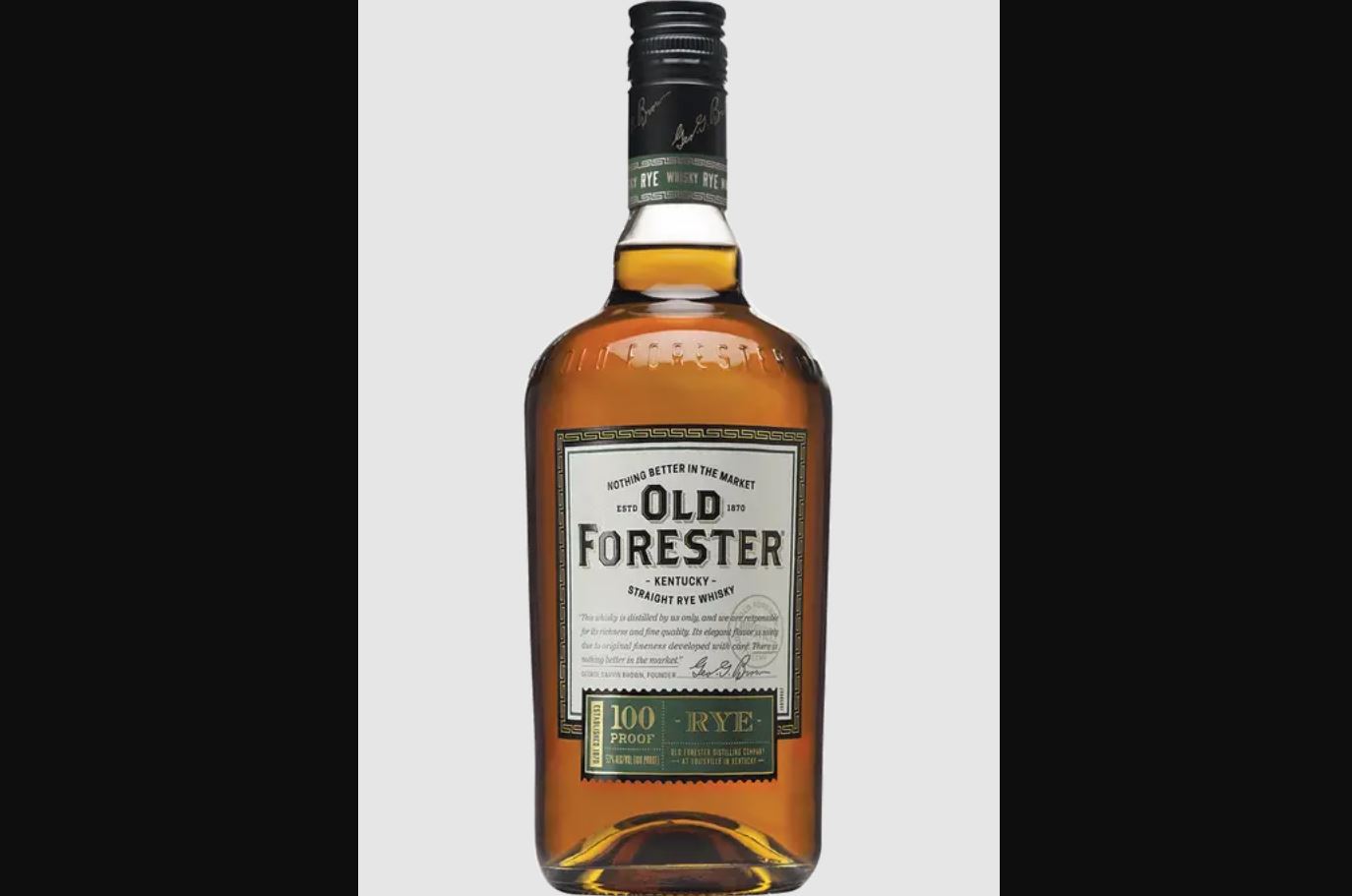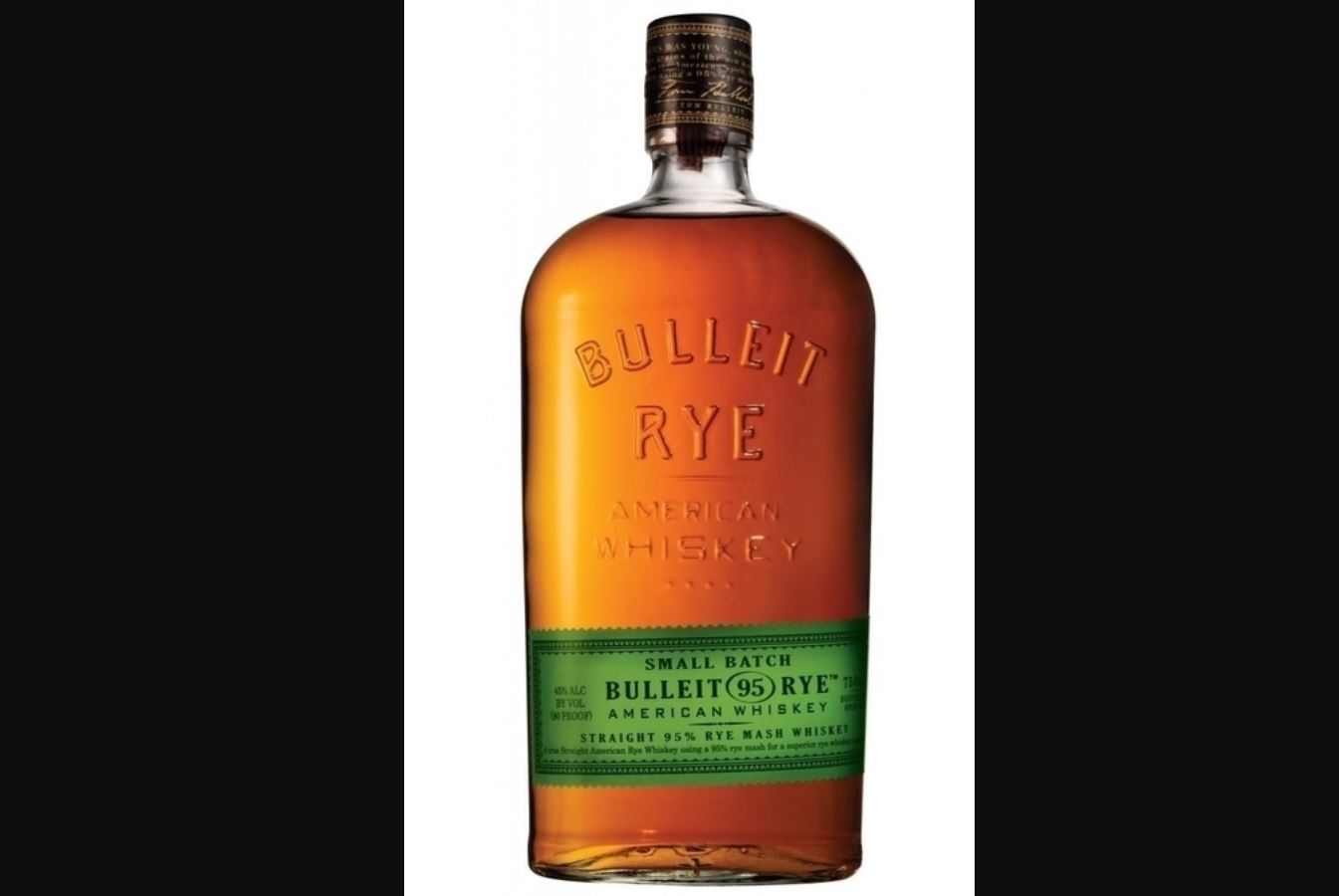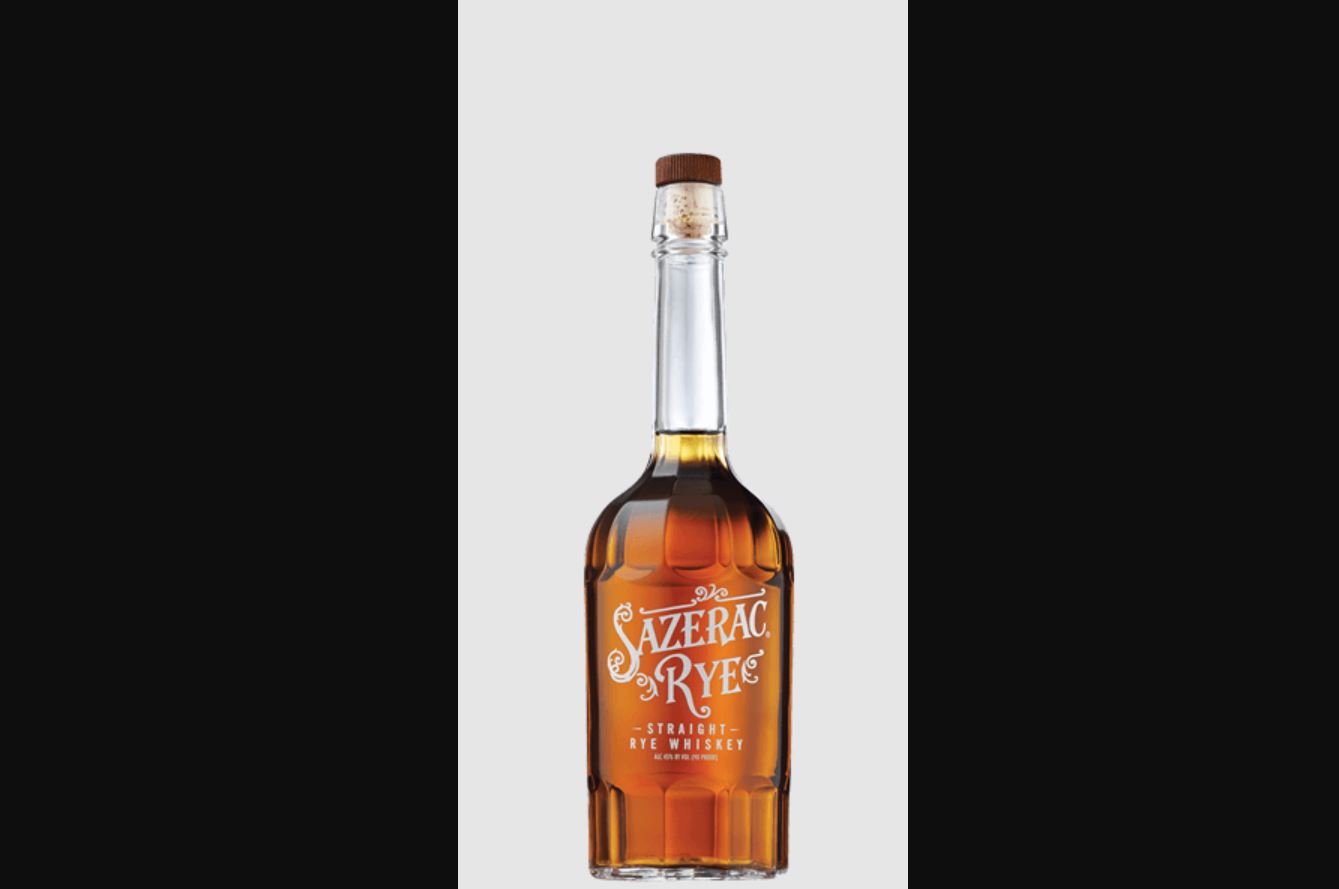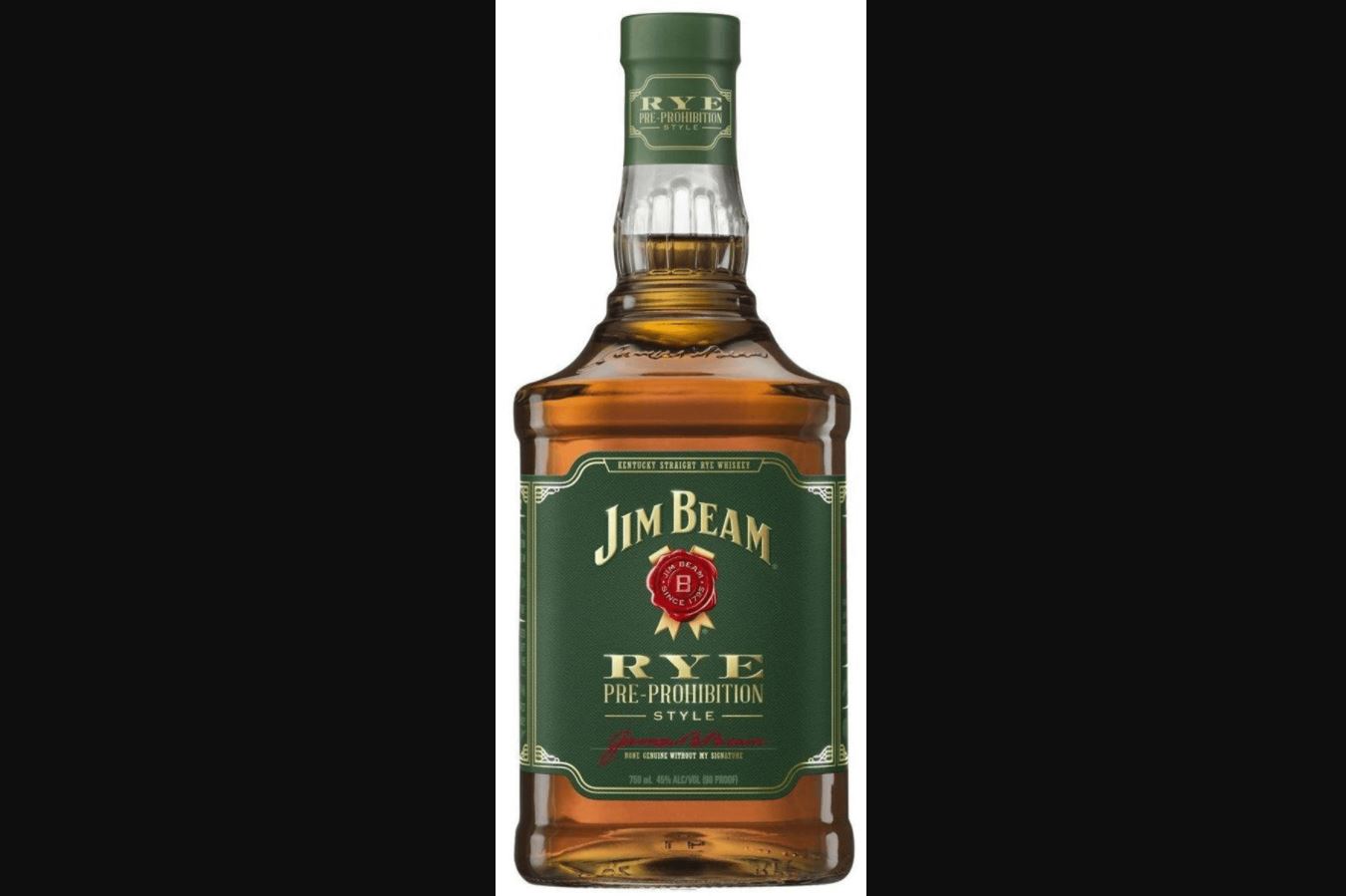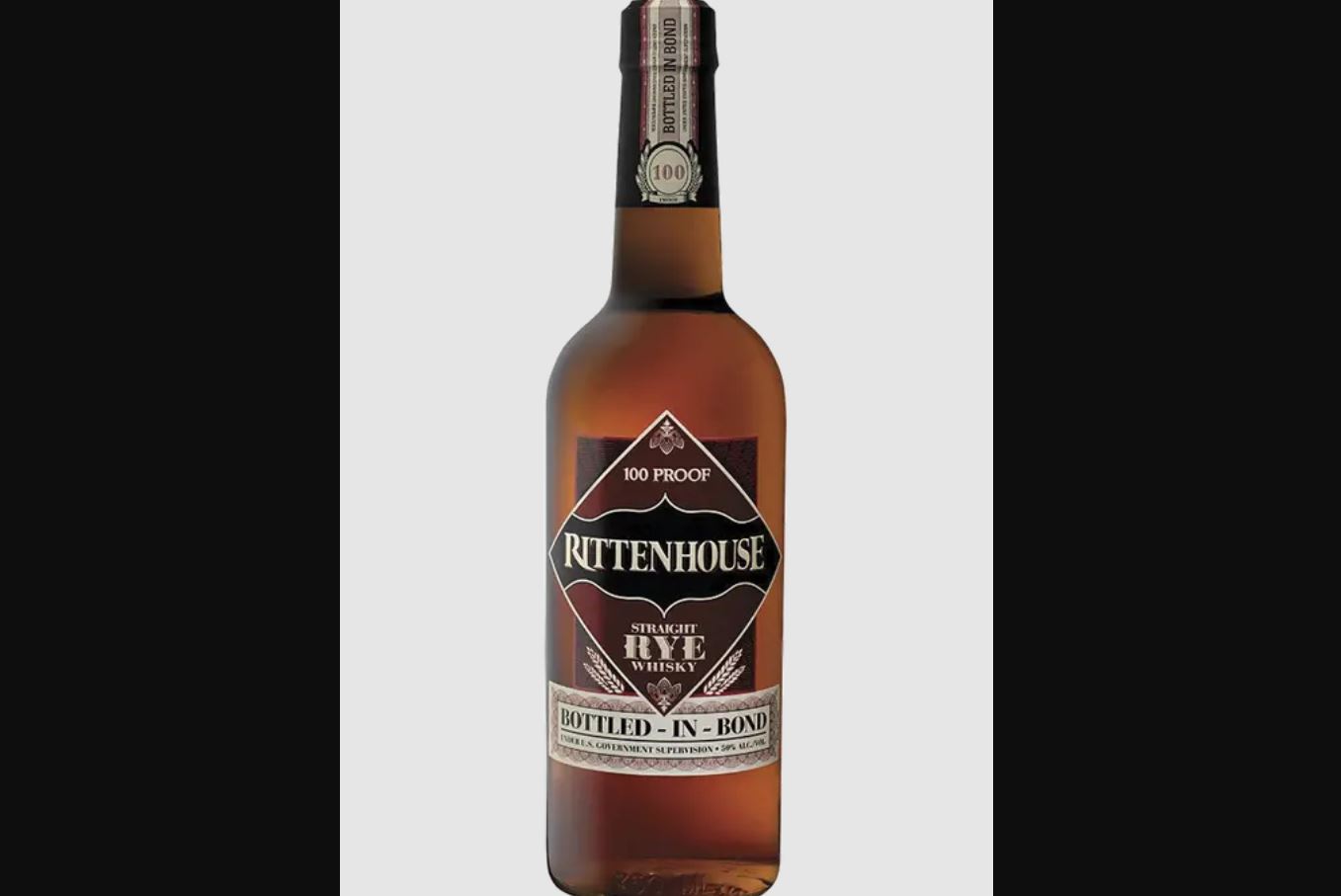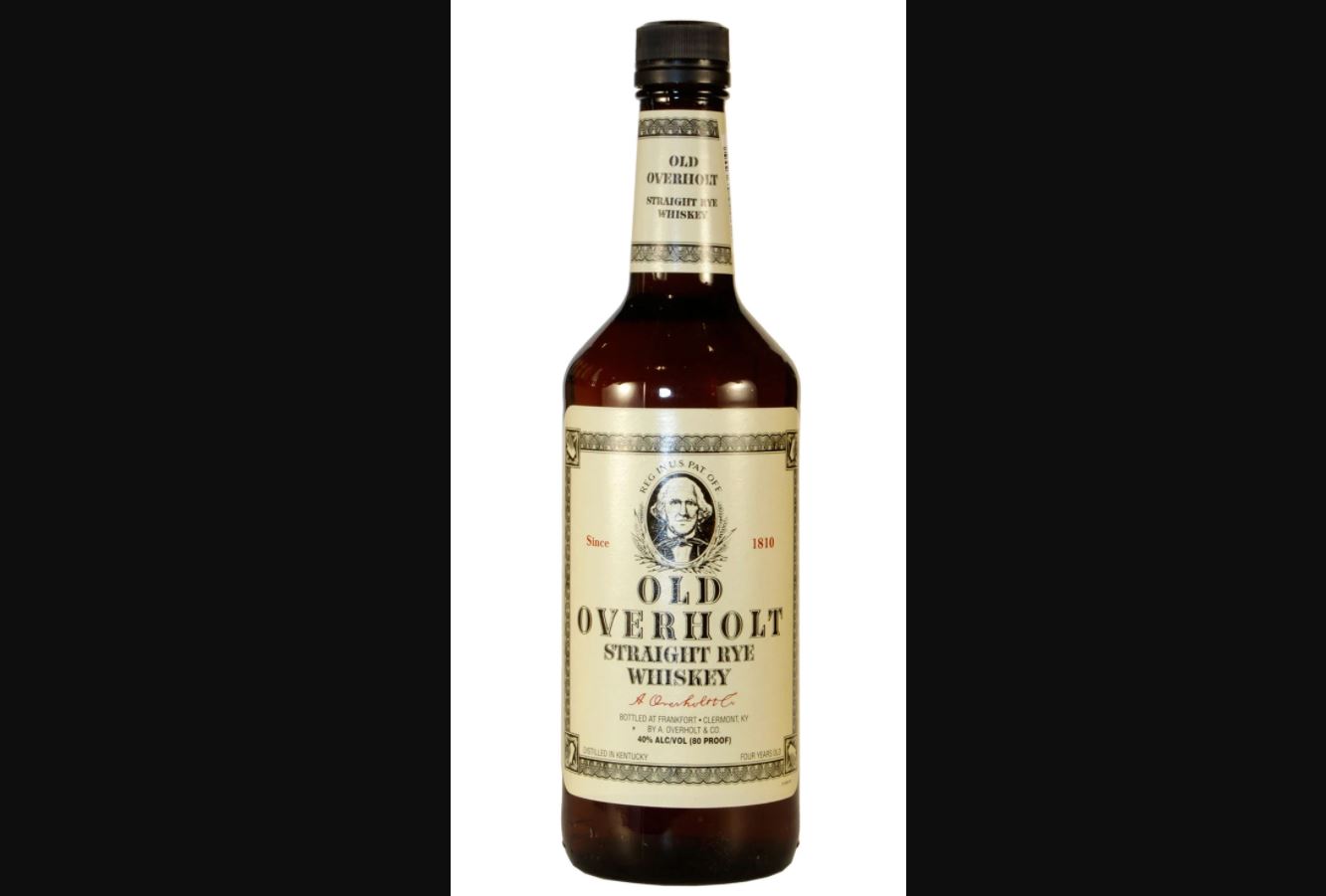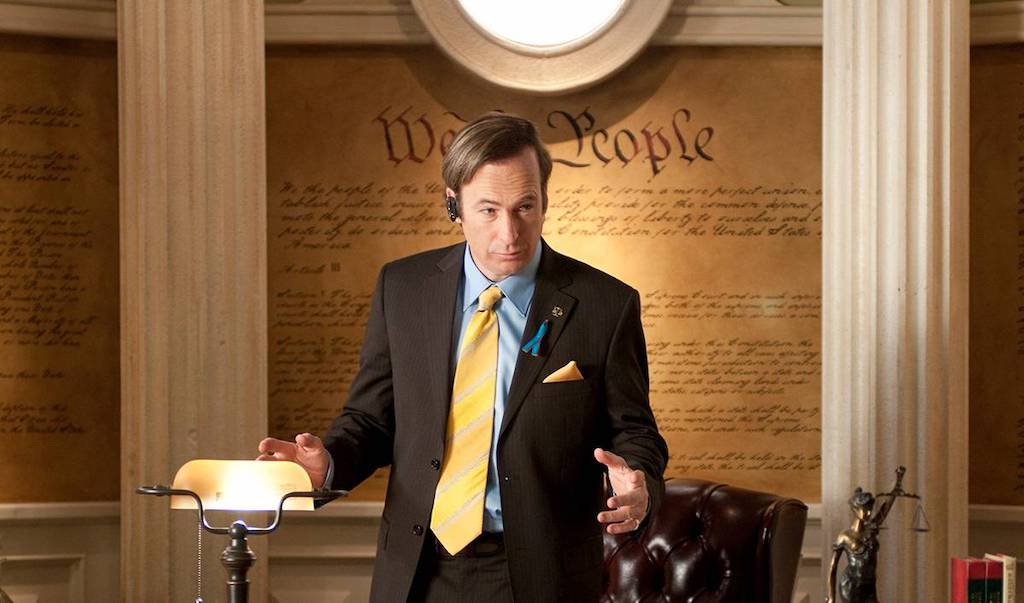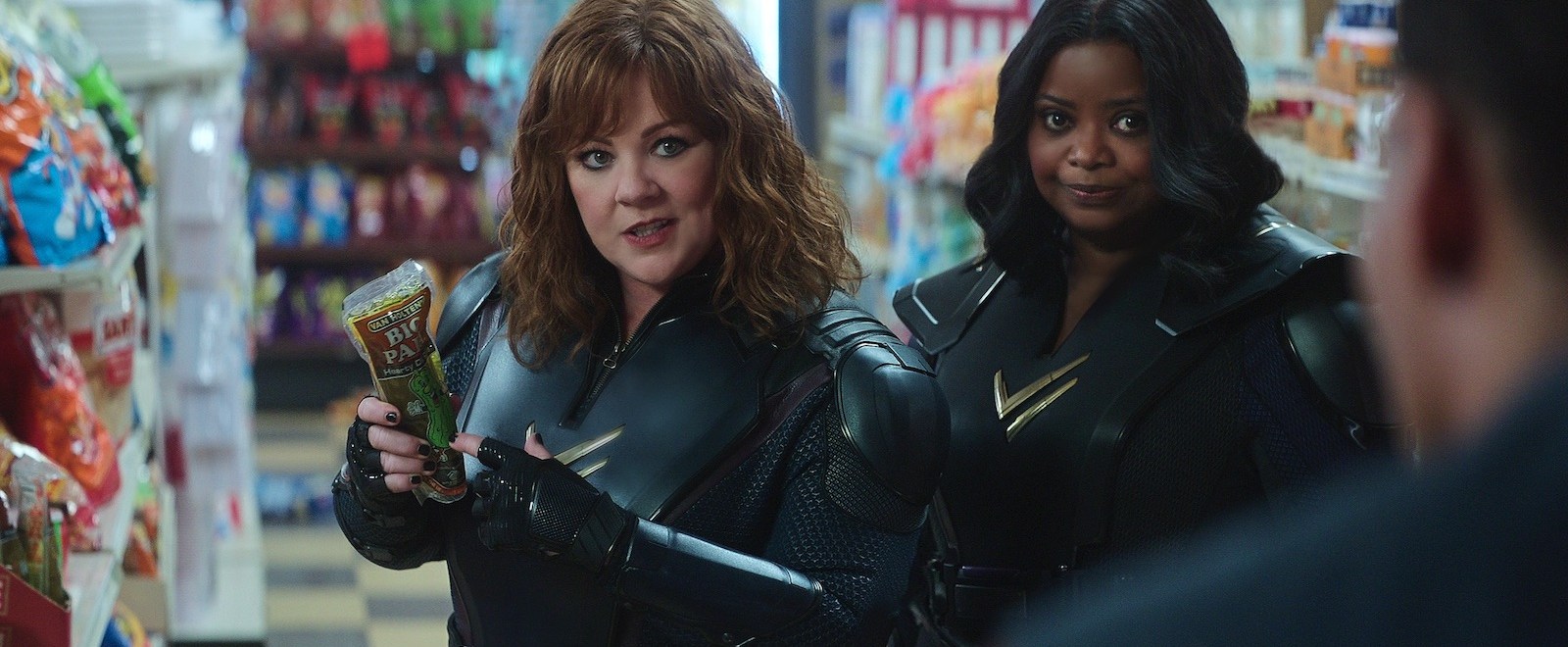
It’s virtually impossible to talk about HBO’s upcoming fantasy series The Nevers without also addressing the accusations against and subsequent departure of its showrunner, Joss Whedon. So we won’t. In fact, we’ll get the peripheral elephant out of the room first.
HBO picked up Whedon’s original idea for what amounts to a Victorian steampunk take on the X-Men universe back in 2018 after a lengthy bidding war saw the creator come out on top with a cushy deal before the pilot had even been filmed. Fast-forward to 2020 and the news that Whedon would be taking a step back from the project – his first TV series in a decade – due to exhaustion while trying to film during a pandemic. That announcement also came after actor Ray Fisher accused Whedon of “gross, abusive, unprofessional, and completely unacceptable” behavior on the set of Justice League – a film he took over directing when Zack Snyder was forced to leave after a family tragedy.
An internal Warner Brothers investigation would follow and though the only real justice Fisher would find would come with his role being restored in the Snyder Cut, his courage to speak out prompted others who had worked with Whedon in the past to do the same – most notably Charisma Carpenter and the casts and crews of Whedon’s mega-popular Buffy universe.
So now, here we are with another Hollywood heavyweight rightly exiled from – or at least temporarily kicked out – of the writer’s room on a show that HBO hopes might fill its Game of Thrones sized programming void. On paper, it’s got that kind of potential.
Starring Laura Donnelly as Amalia True and Ann Skelly as Penance Adair – two perfectly capable, kick-ass women who just happen to have extra-ordinary abilities – the show gives us a glimpse into Victorian Era London a few years after a mysterious event imbues some of the most oppressed in society with powers, or “Turns” as they’re called in the series. While Amalia and Penance run an orphanage that serves as a refuge for these “Touched” individuals, they also undertake a larger mission – to figure out why their kind were chosen and, more importantly, what for.
It’s the kind of small-screen epic that would once constitute event-viewing, one that now, in the streaming era, should play even better – a fantastical escape filled with intricate world-building, complex characters, and corsets. Lots of corsets. But the specter of Whedon puts its expected success in doubt, so whether it’s fair or not, Donnelly and Skelly (along with the rest of the cast) have been fielding more questions about their former boss than they should have to.
We chatted with the stars about what drew them to the project, why they’re excited for audiences to unfold its central mystery, and yes, the Joss Whedon of it all.
There’s so much fantasy world-building going on that I was a bit surprised at how much the friendship between Penance and Amalia is really the heart of the show. Liking each other that much must’ve been so tough to fake on camera.
Laura: [laughs] It was the worst!
Ann: I make it very difficult for Laura.
Laura: No, I think that the dynamic that we have in real life is very similar to the dynamic that Penance and Amalia have anyway. We’re not totally dissimilar to our individual characters, and so I don’t know how much of our natural selves and our friendship we’ve brought into the roles and how much the roles have informed how we get along in real life, but the fusion has happened and I’m finding it difficult to draw the boundary.
Ann: Yeah. I don’t know if it’s chicken or egg. she’s just so cool as well. Her and Amalia have that in common.
It’s a bit out-of-the-norm too to have two female leads who are complete opposites in some ways, not only share screen time in a prestige network drama – but actually get along and not be rivals in some way.
Laura: Certainly from an actor’s point of view, you don’t expect to get a complex female lead role in a show of this size, by any means. They very, very rarely come along. But to get one that is working alongside yet another completely different complex female character, that in itself felt like such a special thing that I knew I had to be part of it. In terms of the approach for us, I mean, that was done for us through the writing. Those characters are cared for so much by the writers. They were very determined that they wanted not one, not two, but many brilliant female and male fleshed-out characters.
Ann: I love that none of the characters feel like a plot device. They’re all representative, they feel like different types of characters and personalities [you’d find] in real life.
Do we know exactly why these people were chosen to receive these abilities after the “event”?
Laura: I think that it’s not a huge spoiler to say that it’s mainly the people who do not have a voice in society who have been given this [power], or certainly those that are not members of the established order. There is a plan there, of sorts, to ensure that these people find their place in the world and start to be heard.
Ann: What I think is really interesting as well is not every single person who feels powerless in their lives or is powerless in society receives a “Turn.” Kind of reminds me of that HBO series, The Leftovers. Random people just disappeared from one world. Even now, I wonder if a part of it is slightly random, or does it have an intention behind it? I just … God, why am I wondering this aloud to myself?
Someone at HBO, please fill Ann in.
Ann: Please tell me what’s happening. Yeah, I do. I wonder, does it allude to a greater plan for these specific people.
I think there can be an undue burden place on women to talk about the behavior of their male peers in Hollywood, so instead of asking about working with Joss Whedon, I want to know if either of you is worried his name might overshadow this show?
Laura: Well, thank you for saying that because of course that is a concern — that something that is not the show might overshadow the show. We are so intensely proud of this show. I mean, I broke the habit of a lifetime and watched the episodes and I’ve never watched anything. But because of what I saw in post-production when I was doing voiceover stuff, I was just so impressed, I thought, ‘I think I can brave watching this.’ And when I watched it, I was so blown away by everybody’s performances and by everything that I knew was going on behind the scenes with all of the crew. I mean the work that hundreds and hundreds of people have put into this, quite literally blood, sweat, and tears for the last two years of their lives.
We like to attach success to one name, one face but with TV especially, it takes an army to get something like this made.
Laura: It has been a hugely collaborative experience. And TV is always a very collaborative experience. I think more so with this, with the challenges that we’ve faced with COVID, with the scale, the size of this production and this story, and the fact that every cast member, every crew member is really at the top of their game, just makes me think that this is something intensely special. And I don’t want anybody to miss that because there’s other stuff going on. I think that we have a wonderful female showrunner, Philippa Goslett, and she has amazing ideas for how the next half of this first season is going to go. I’m really, really excited to get involved with her and to do that. I want this to run and run because I think not only are we telling an amazingly entertaining, fascinating, complex story, but I think it’s also really important for here and now. I think that there’s a lot to be gained from it in our society.
Do you get the feeling there are changes ahead in terms of the story now that you have a new showrunner?
Ann: I’m not worried about the quality or the tone or anything like that changing. The things that people will love about the show from episodes one through six, will be continued on in the hands of Philippa and her amazing writing staff, who we’ve gotten to meet on Zoom and actually talk to and get to hear from the source of where the ideas come from, which is just really cool. It feels like it’s a continuation of that collaborative process in that very transparent way that the show has been operated. That’s very unique. Sometimes actors aren’t trusted with all the information but with this, we’re seen as equal employees, and that’s really, really affected how it feels to show up to work every day. It feels like we’re all doing it together. I’ve spoken before about how intensely positive my entire experience has been and I think Phillipa [will] continue that. I’m not worried about the show at all in her hands.
Well, speaking of information, are you both as in the dark as I am about this mysterious event and specifically Amalia’s connection to it.
Laura: Not so much.
Dammit, Laura. What do you know?!
Laura: [laughs] As Ann says, this has been a really transparent process for us from day one. It’s really unusual. Even when I went to my very first meeting before I got the part, I was told all the secrets. It’s crazy. It’s like, somebody should have had me signing something before I went in that room. It was essential to my playing Amalia that I knew a lot about her that the audience doesn’t know at the moment. But in terms of where the next six episodes go, we’ve had meetings with the writer’s room and they have certainly told me about the emotional arc and they’ve told me about the points as they have plotted so far.
That has been massively beneficial, to me anyway, as an actor, being trusted with all the information, being allowed to see scripts, even when they’re not entirely finished. All of those things really helped me play the part. I find the more I know of the process, the more I know of how certain things came about, even if they get changed down the line, it really helps me tell the story better. So I love that Philippa and the writers’ room are trusting us with that.
Ann: I think maybe as you watch it, you feel like there are a lot of questions and mysterious things that will satisfyingly get answered later on, so I love that confidence the show puts in the audience. And I think it’s really cool that there’s Amalia and Penance at the heart of it, that friendship that you can invest in and you can trust these two people as you go along watching the show. Philippa has let us in on the different options and the different arguments being made within the writers’ room of where to continue to take the story and the characters. I think that says a lot. The story’s in safe hands.
‘The Nevers’ debuts via HBO and HBO Max on April 11.


